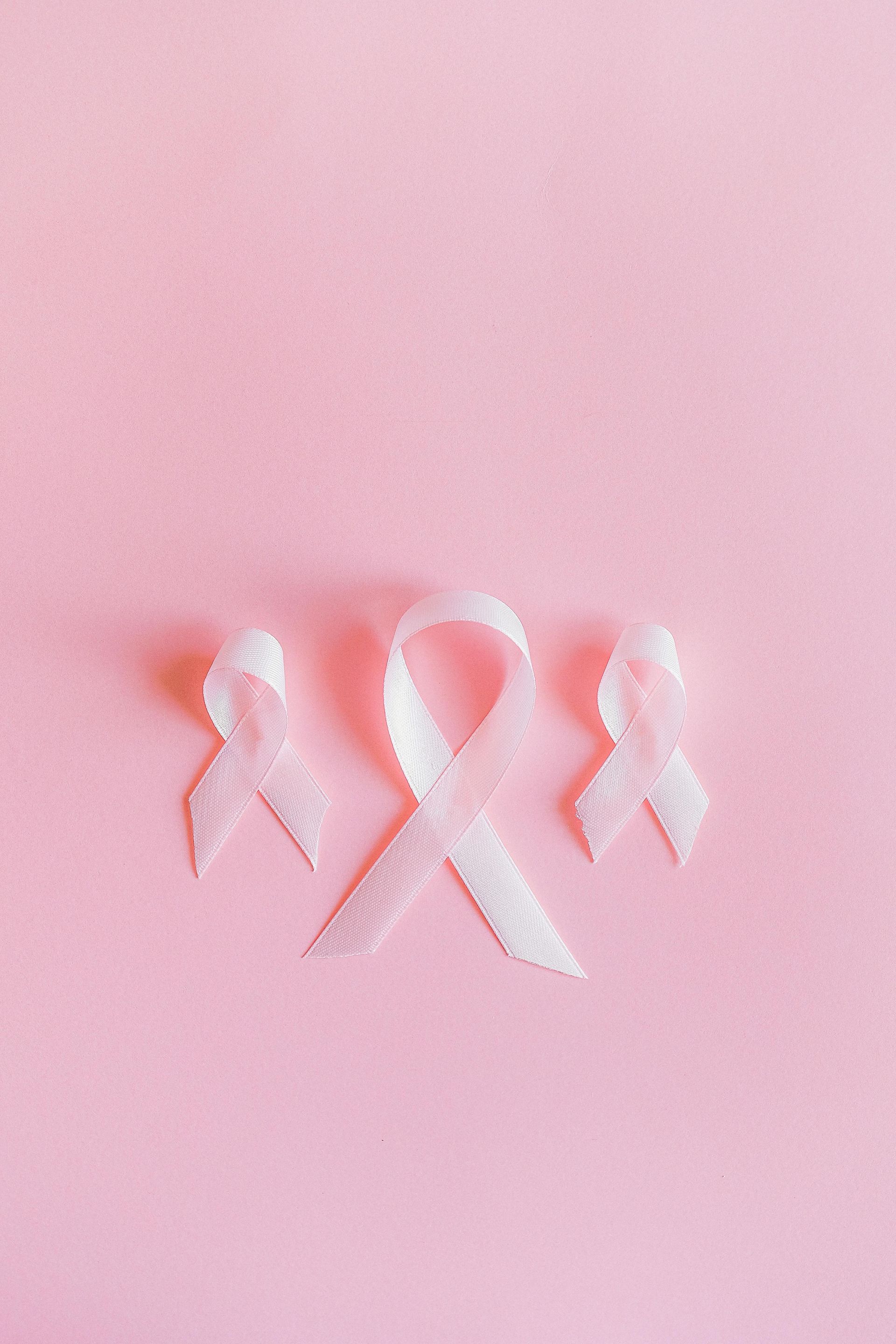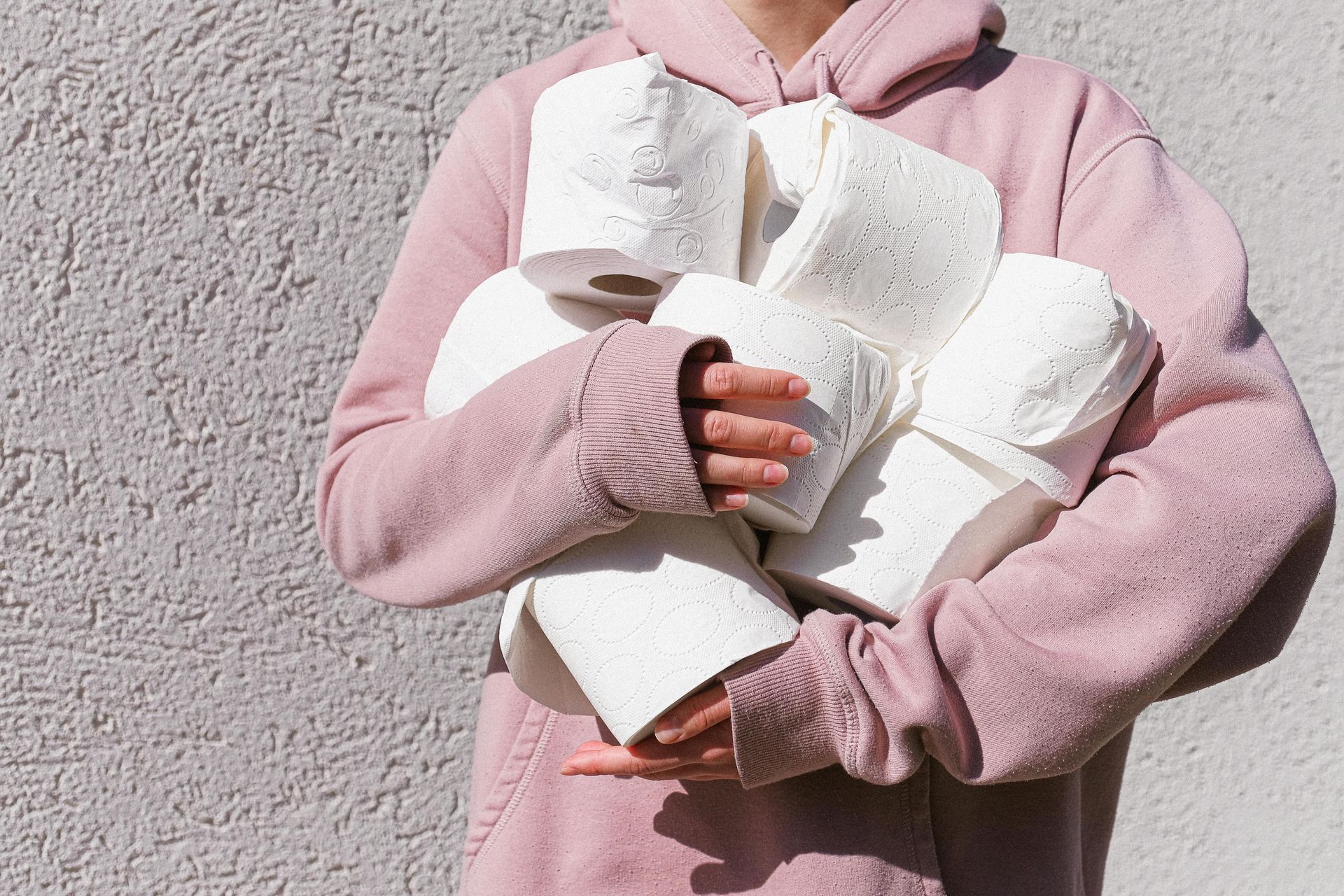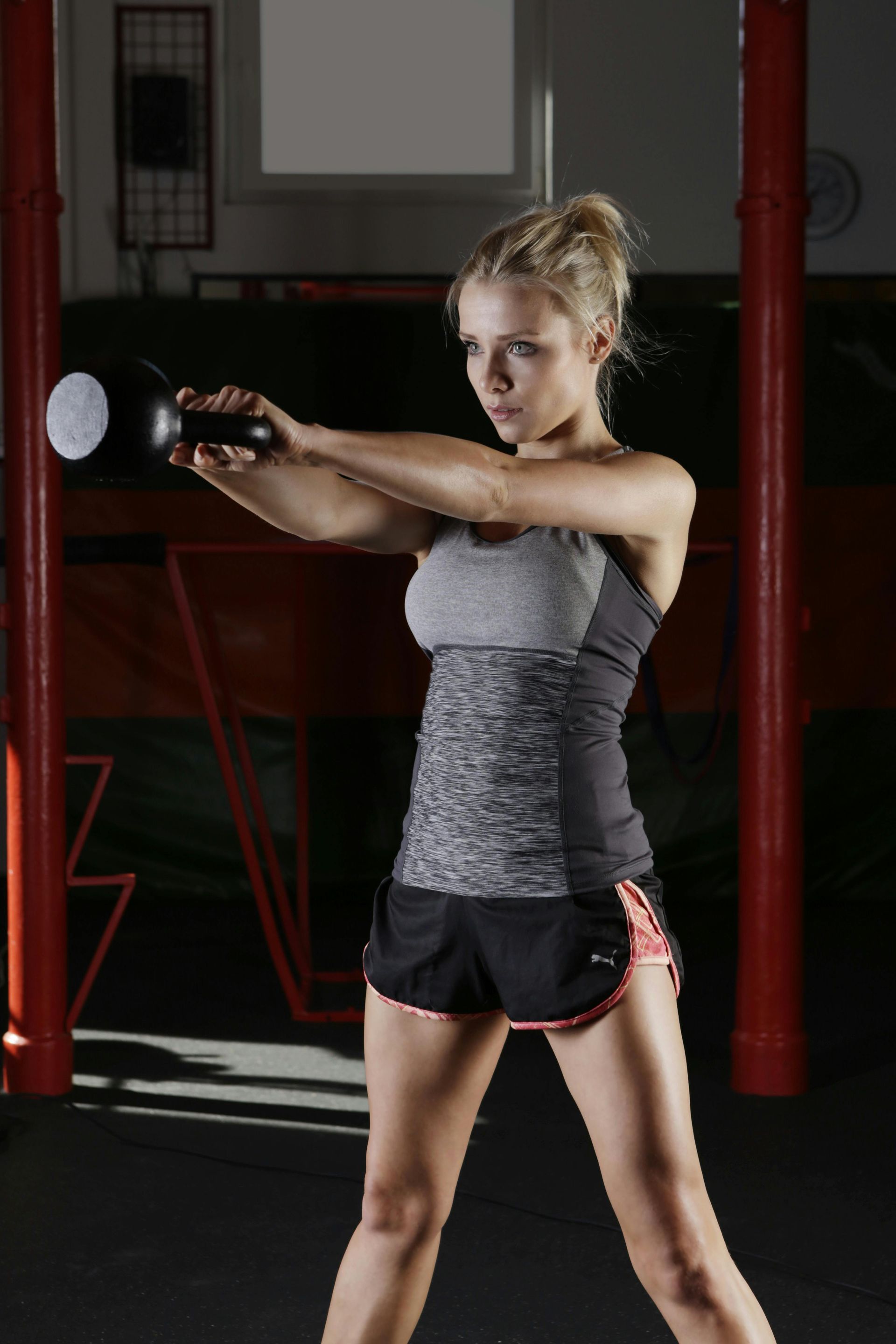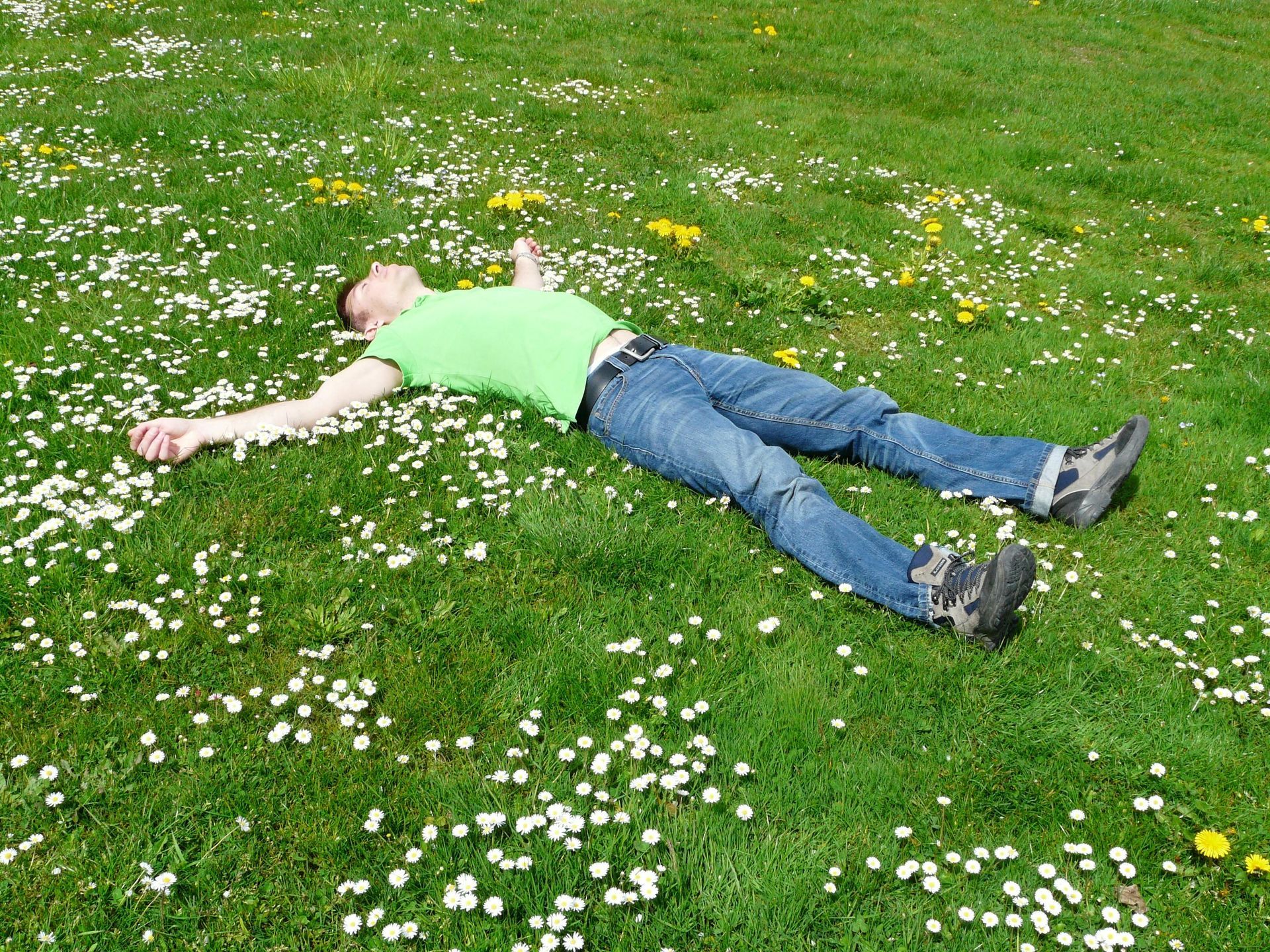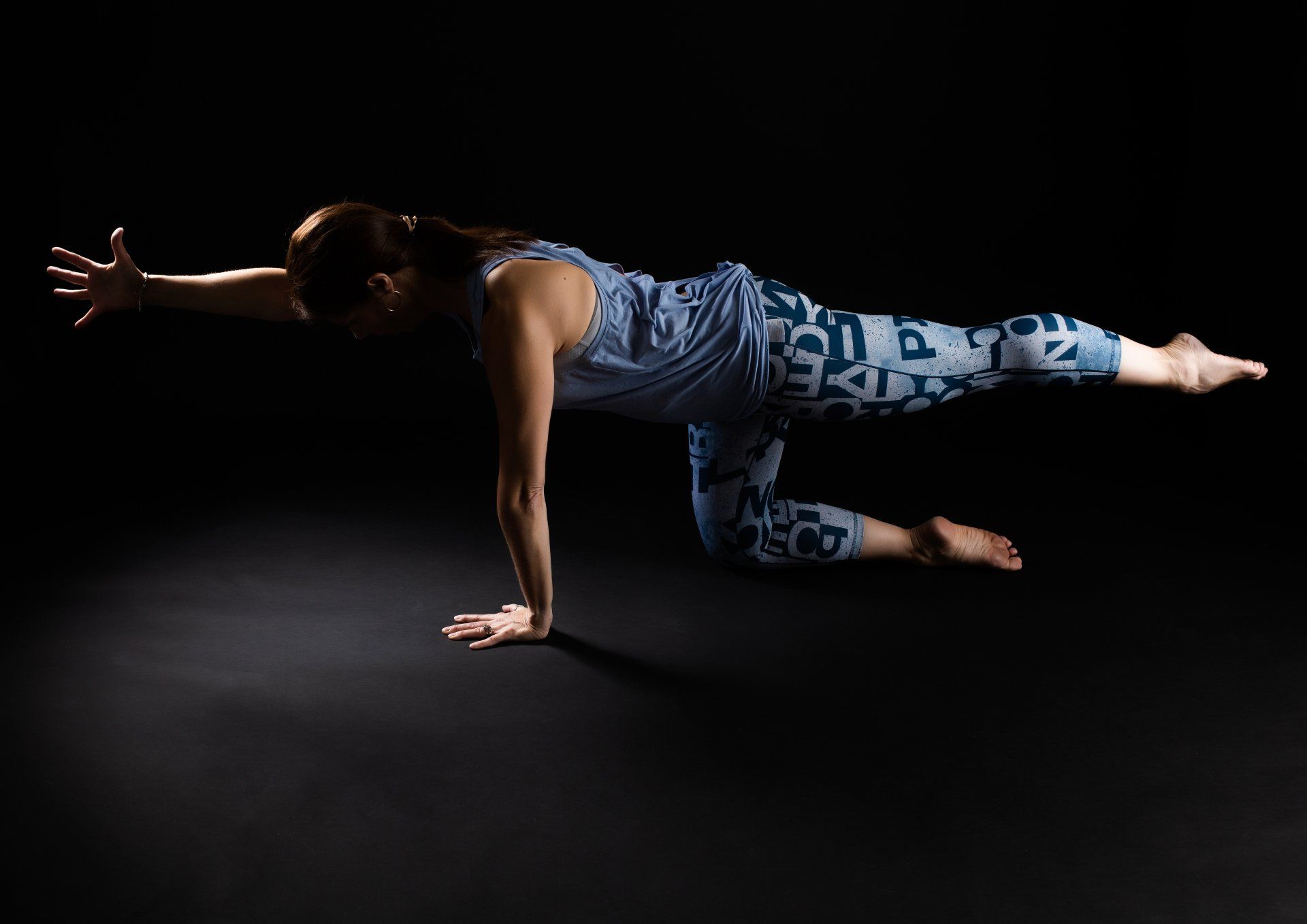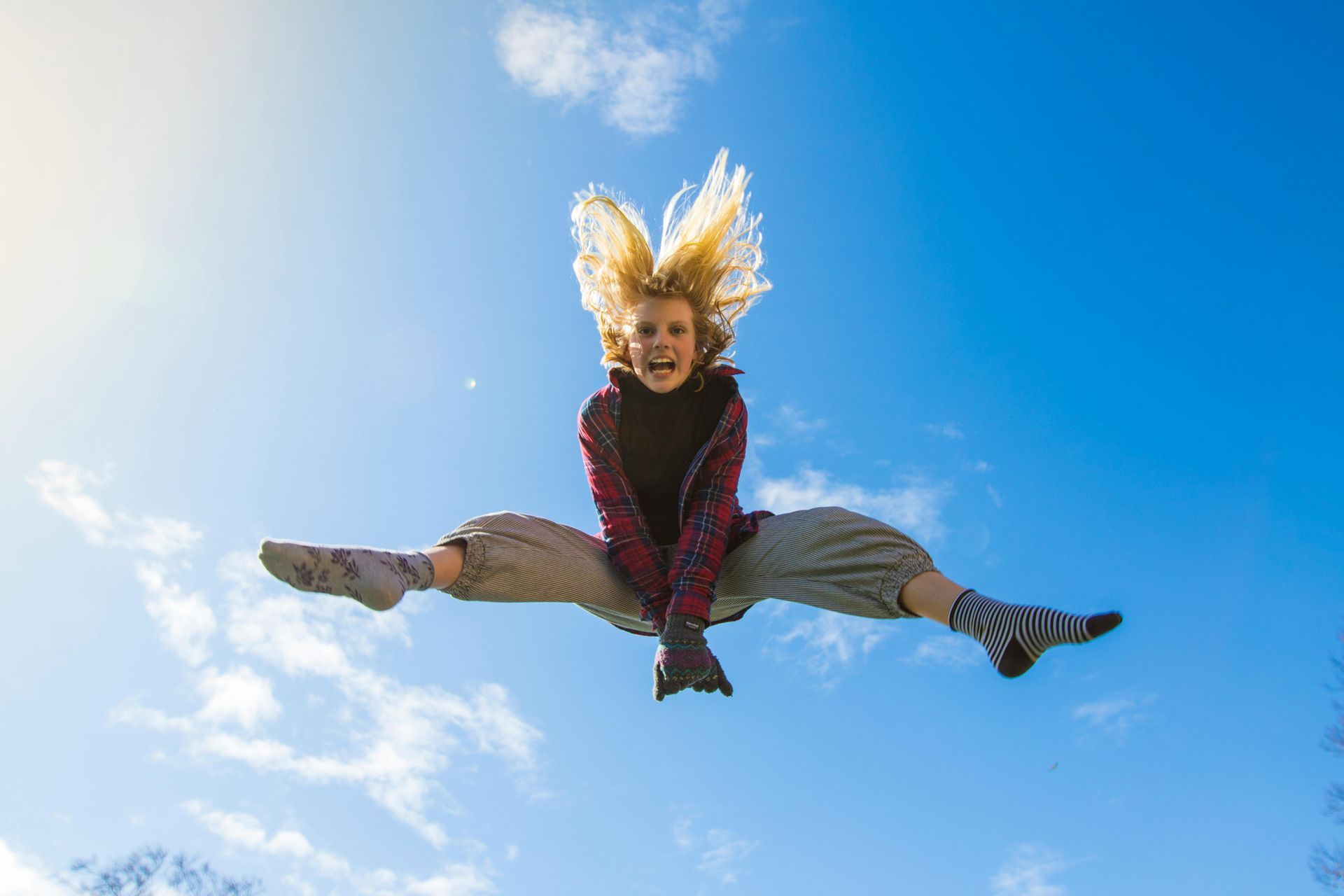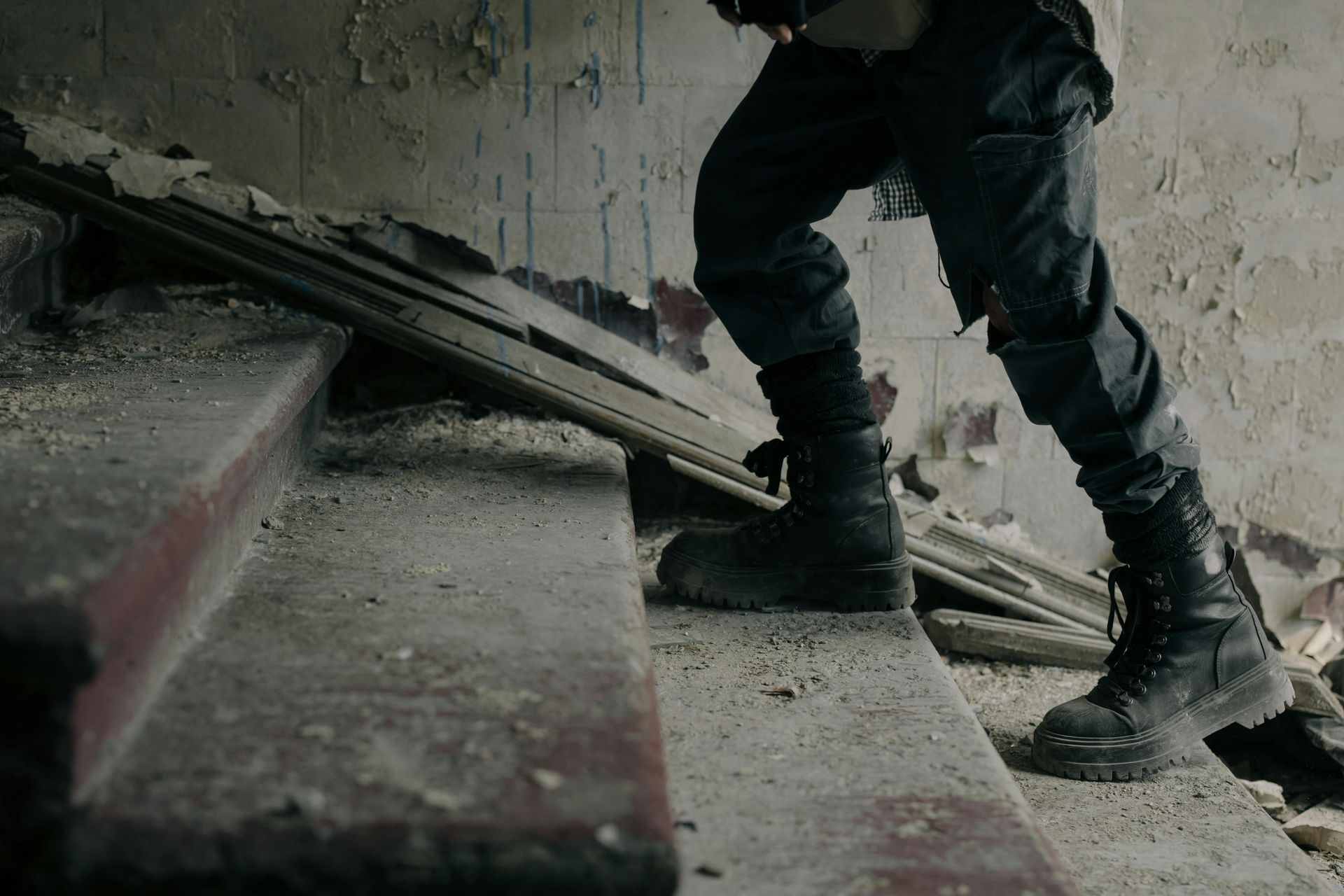Announcing: How to make your feet feel happier
Because happy feet = happy you
I'm back from my travels with a brown belly and a small blister on the sole of my left foot from skipping bare-tootsied across exceptionally hot paving stones. Which prompted me to write today about foot care, and I'm not just talking pedicures .
Rather, it's a reminder that your feet are pretty much the hardest working part of your body, especially if, like me, your preferred method of getting anywhere is walking.
So if you'd like to give your hoofers some love, here are my top tips:
Do your shoes fit properly?
Firstly, a requiem for the shoes I can't wear or throw out, and can't bear to put on Vinted, including:
- The navy blue patent leather shoes with a three inch heel;
- The red suede boots with a cute tassel at the back;
- The turquoise snake-effect wedges, with toes so sharp you could pop a balloon.
I miss them. Sadly, I just can't get my little trotters in them anymore.
Five years of walking around barefoot or in trainers have allowed my feet to relax out of their old squished-up shape.
This is actually a good thing because you've got much better balance when your feet have maximum contact with the floor. Especially your big toe which needs to be able to move properly as it's a primary driver for your gait.
So when choosing shoes (including trainers) we should search for foot shaped and not fashion shaped toe-boxes.
And obviously, if you're anything like me, you'll have zero patience for anything uncomfortable anyway, so making sure your shoes are the right fit is a must.
It's also worth noting that as we age, the ligaments and tendons in our feet (along with everywhere else in our body) lose their stretchiness which also contributes to your feet seeming to grow and spread.
Step away from the flip-flops
Please for the love of hummus, forget the flip-flops!
They're fine to get from your sun lounger to the pool/ sea and avoid burning your feet, but they're unsuitable for walking much further than that. They've got zero support and make you more likely to experience dropped arches and plantar fasciitis. You have to grip them with your toes to keep them on which strains the muscles on the top of your feet and down the front of your shin.
If you already have poor ankle mobility, when you do the usual "tripping over your toes", you're much more likely to take a tumble.
I'm not even a fan of "FitFlops" if I'm honest. Yes, they have some arch support, but that's all.
Plantar fasciitis, dropped arches, bunions, toe arthritis...
The list of common foot conditions is long.
Unfortunately, none of them have a quick fix, but we can help avoid them and help with recovery by maintaining as much movement in our calves, ankles and feet as possible.
Regular stretching, foam rolling and using the hard ball are all your friends.
Did you know that the most popular blog on my website is about rolling a ball under your feet? Or that I have a whole heap of blogs about how to deal with various food and lower leg issues?
You can check some of them out below 👇🏽👇🏽
What does rolling a ball under your feet do?
Plantar Fasciitis - what is it, and what you can do about it?
Top tips for releasing tight calves and feet
Looking for options to get more movement in feet and ankles? Why not join the Priority Wait List for LiFT & FLeX where we do work every week to improve our mobility?
